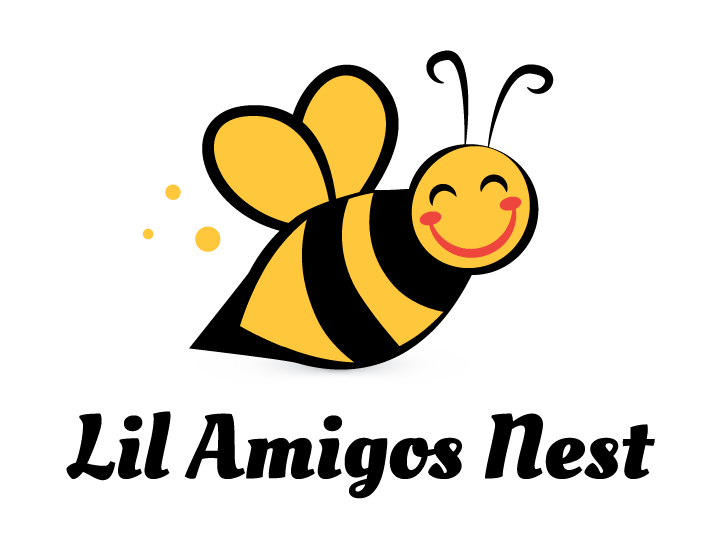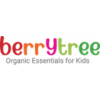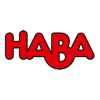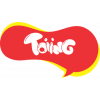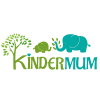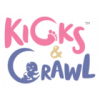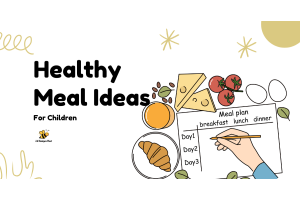Body Parts Names to Teach Your Kids: Preschool learning

Body Parts Names to Teach Your Kids: A Simple, Confident Guide
Teaching your child body parts names in English is one of the most rewarding steps in their early development. Not only does it help them express their needs clearly (“My knee hurts!”), but it also builds a foundation for lifelong learning. Whether you’re introducing the 10 body parts name basics or expanding to all body parts name, this guide will empower you to teach human body all parts name confidently—and make it fun! Let’s explore simple strategies to turn everyday moments into engaging lessons.
Why Teach Body Parts Early?
Children are naturally curious about their bodies. Naming body parts name in English helps them:
- Communicate effectively (e.g., “I’m brushing my teeth!”).
- Develop spatial awareness (“Put your hat on your head”).
- Boost vocabulary for school readiness.
Starting with the 10 body parts name (like eyes, nose, and hands) simplifies the process. As they grow, gradually introduce all body parts name, from elbows to ankles. Ready to begin? Let’s break it down!
Start Simple: 10 Body Parts Name Every Child Should Know
Focus on these basics first. Use gestures, mirrors, or toys to demonstrate:
- Head: Tap your head and say, “This is my head!”
- Eyes: Point to your eyes and blink playfully.
- Nose: Wiggle your nose and laugh together.
- Mouth: Open wide and say, “Ahh!”
- Ears: Pull your earlobes gently.
- Hands: Clap or wave hello.
- Fingers: Count them one by one.
- Legs: March around the room.
- Knees: Bend them while saying “knees.”
- Toes: Wiggle them during bath time.
Pro Tip: Turn it into a game! Ask, “Where’s your nose?” and cheer when they point correctly.
Expanding to All Body Parts Name
Once your child masters the basics, explore more human body all parts name. Group them into categories for easier learning:
Face & Head:
- Forehead, eyebrows, cheeks, chin, tongue, teeth.
Upper Body:
- Shoulders, chest, stomach, back, elbows, wrists.
Lower Body:
- Hips, thighs, ankles, heels, feet.
Inside the Body (for older kids):
- Heart, lungs, bones, brain. Use simple terms like “Your heart beats fast when you run!”
Activity Idea: Trace their body on paper and label parts together.
Make Learning Fun: 5 Interactive Activities
- Sing-Along Songs: Classics like “Head, Shoulders, Knees, and Toes” reinforce body part names in English through repetition.
- Simon Says: “Simon says touch your elbows!” Mix silly and serious commands.
- Storytime: Read books like “From Head to Toe” by Eric Carle.
- Flashcards: Use colorful images with labels.
- Doctor Play: Use a toy stethoscope to “check” body parts.
Troubleshooting: What If My Child Isn’t Interested?
- Follow Their Lead: If they love dancing, focus on “legs” and “arms.”
- Use Tech Wisely: Educational apps with body-part games can spark interest.
- Celebrate Progress: Praise even small wins, like correctly naming “knees.”
Final Thoughts
Teaching body parts name doesn’t need to be overwhelming. Start small, stay playful, and gradually build up to all body parts name. Your confidence will inspire their curiosity—and before you know it, they’ll be naming everything from their eyelashes to their toenails!
Ready to try these tips? Grab a mirror, strike a pose, and let the learning begin!
